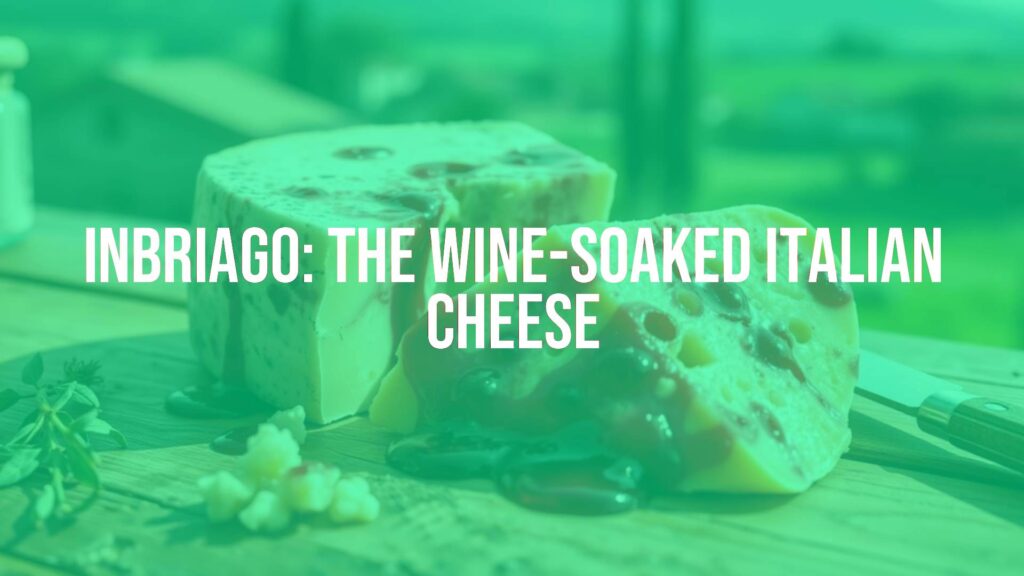Discovering Inbriago: Italy’s Wine-Infused Specialty
What Sets Inbriago Apart?
Inbriago is a distinctive Italian cheese celebrated for its unique aging process—inspired by both local tradition and a touch of serendipity. Easily recognized by its wine-drenched rind, Inbriago is most commonly produced in the Veneto region, where the rich winemaking heritage plays an integral part in its creation. Its name, which translates to “drunken” in Italian, hints at its signature: the cheese is bathed in red or white wine during its final stages of maturation, imparting it with both a fruity, aromatic rind and a subtly tangy flavor profile.
Historical Roots and Evolution
Originating in the wine-producing zones of northeastern Italy, Inbriago’s story is interwoven with local folklore. According to some tales, farmers began soaking cheese in leftover grape must to disguise its aroma or conceal it from occupying soldiers. Over generations, this practice evolved into a celebrated method of enhancing cheese flavor and preserving its character. Today, Inbriago stands out as a testament to regional ingenuity and the harmonious interplay between cheese-making and viticulture.
Production Characteristics
Typically crafted from cow’s milk—though variations with sheep or goat’s milk can occasionally be found—Inbriago is first matured like a traditional semi-hard cheese. Then, for several days to weeks, wheels of the cheese are submerged in vats of wine or pressed grape skins, infusing them with an alluring perfume and gently coloring the rind. The interior remains pale and dense, while the maroon-tinged exterior imparts a fruity aroma and a mildly vinous taste. Producers may use different local wines, resulting in subtle variations: reds tend to give deeper color and bolder flavors, while whites offer delicate floral notes.
Cultural and Culinary Significance
Inbriago embodies the region’s passion for both fine cheese and excellent wine. Often featured at autumn festivals and gatherings, this cheese signals the close relationships among farmers, vintners, and artisan cheesemakers in Veneto. It is a popular centerpiece on festive boards, admired for its striking appearance and ability to spark conversations among guests.
Traditional Enjoyment and Pairings
Serving Inbriago is an experience in itself. It’s best appreciated at room temperature, which enhances its creamy yet firm texture and aromatic complexity. Italians love enjoying slices of Inbriago with walnuts, fresh figs, and a glass of the very wine used in its production. The cheese beautifully complements cured meats, crusty bread, and robust local reds such as Valpolicella or Bardolino. For a creative touch, it’s sometimes shaved into salads or incorporated into risottos for a gentle wine-inspired twist.
Tips and Suggestions
When buying Inbriago, look for a cheese with a vivid, wine-stained rind and a moist, fragrant aroma. Store it wrapped in wax paper or cheese paper inside the refrigerator, but be sure to let it come to room temperature before enjoying. Experiment with different pairings to appreciate the unique interplay between the cheese and wines—a testament to the agricultural artistry of the Veneto region.

